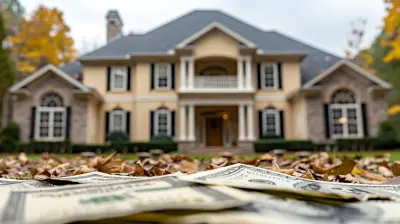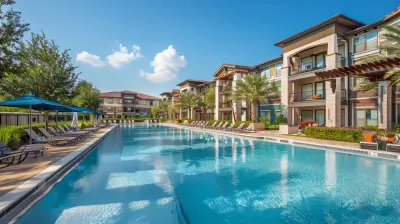The Role of Tiny Homes in Solving Affordable Housing Challenges
12 October 2025
Housing affordability is a growing crisis worldwide, leaving many people struggling to find a decent place to live. With skyrocketing real estate prices, increasing rents, and stagnant wages, the dream of owning a home feels impossible for many. But what if there was a solution hidden in plain sight? Enter tiny homes—small but mighty structures that offer a fresh perspective on affordable housing.
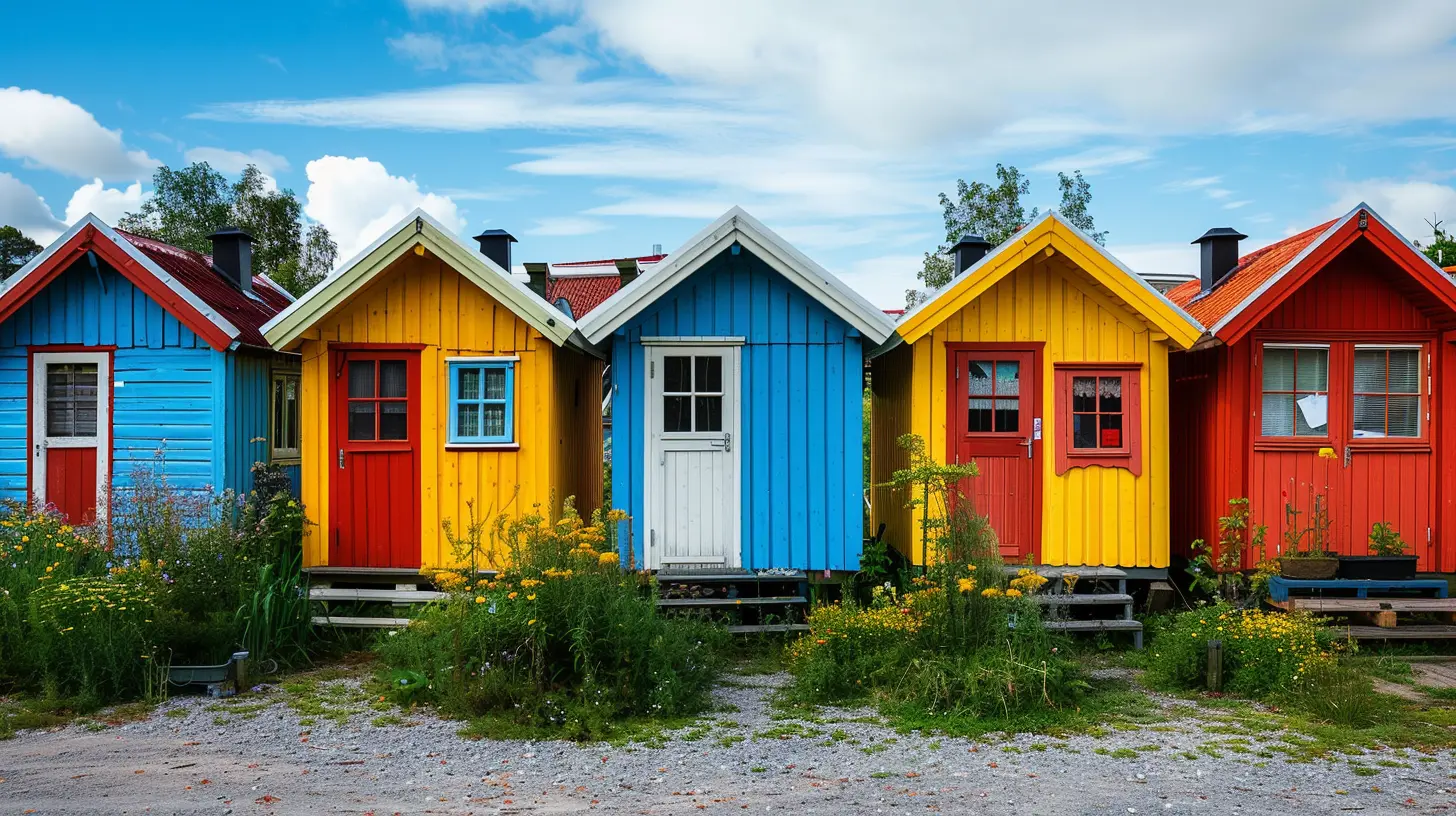
What Exactly Is a Tiny Home?
Before diving into their impact, let's define what a tiny home actually is. These compact dwellings typically range between 100 and 400 square feet, designed to maximize space efficiency without sacrificing comfort. Some are built on wheels for mobility, while others are placed on permanent foundations. They come in various styles, from minimalist cabins to modern eco-friendly designs.Tiny homes are more than just a passing trend—they represent a shift in how we think about housing and sustainability. But can they really help solve the affordable housing crisis? Let’s break it down. 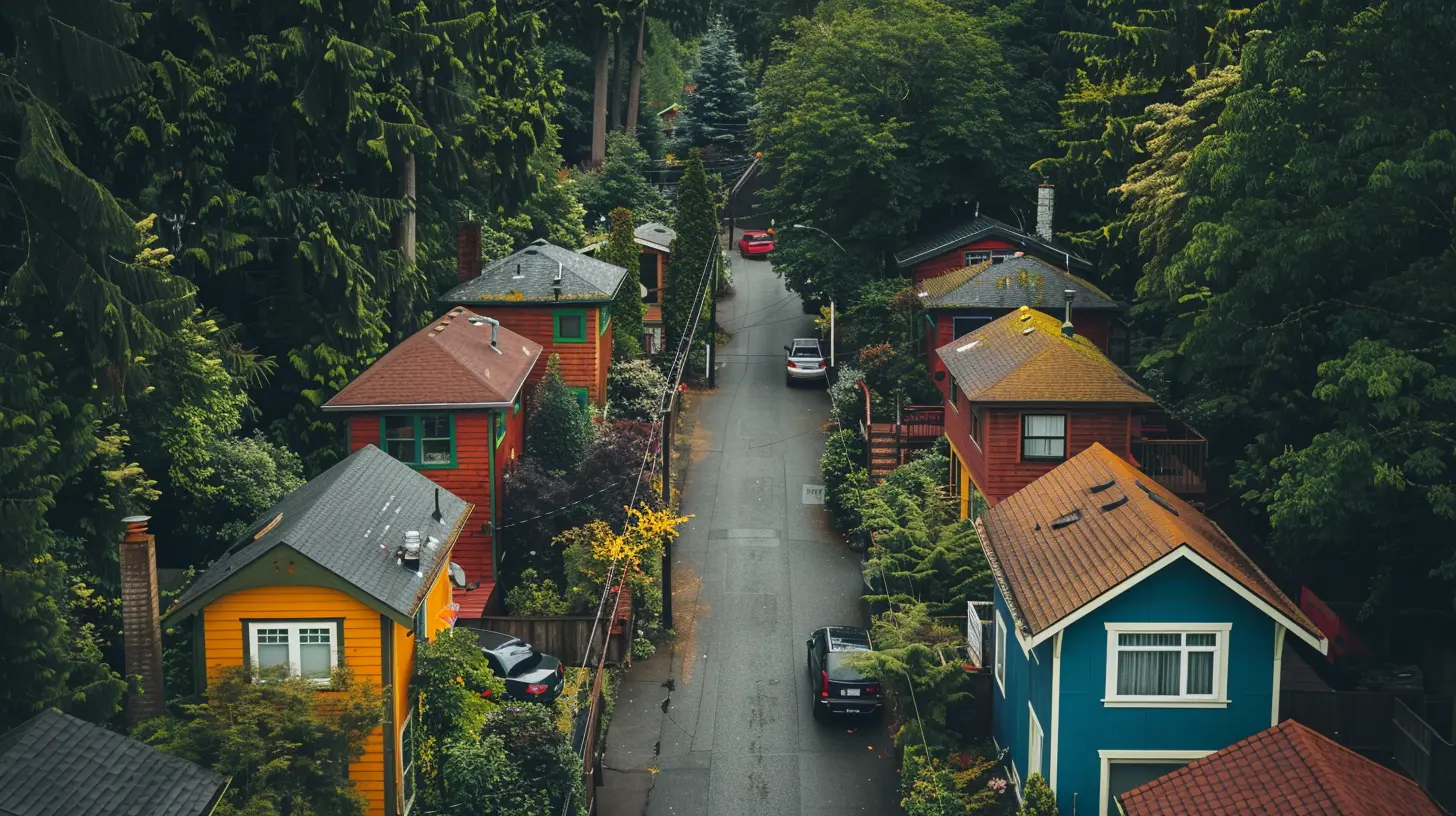
Why Is Affordable Housing Such a Big Problem?
Affordable housing isn’t just about finding a cheap place to live; it’s about ensuring that people can secure stable, comfortable living conditions without financial distress. Unfortunately, this is becoming harder to achieve.Key Challenges in Housing Affordability
- High Land and Construction Costs – The price of land is soaring, and traditional home-building involves expensive materials and labor.- Rapid Urban Population Growth – More people are moving to cities, driving demand for housing and pushing prices even higher.
- Wage Stagnation vs. Rising Rents – Income levels aren’t keeping up with inflation, making it harder to afford decent housing.
- Homelessness Crisis – Many individuals and families are priced out of the market entirely, forcing them into shelters or even onto the streets.
Given these barriers, we need alternative housing solutions—and that’s where tiny homes come in. 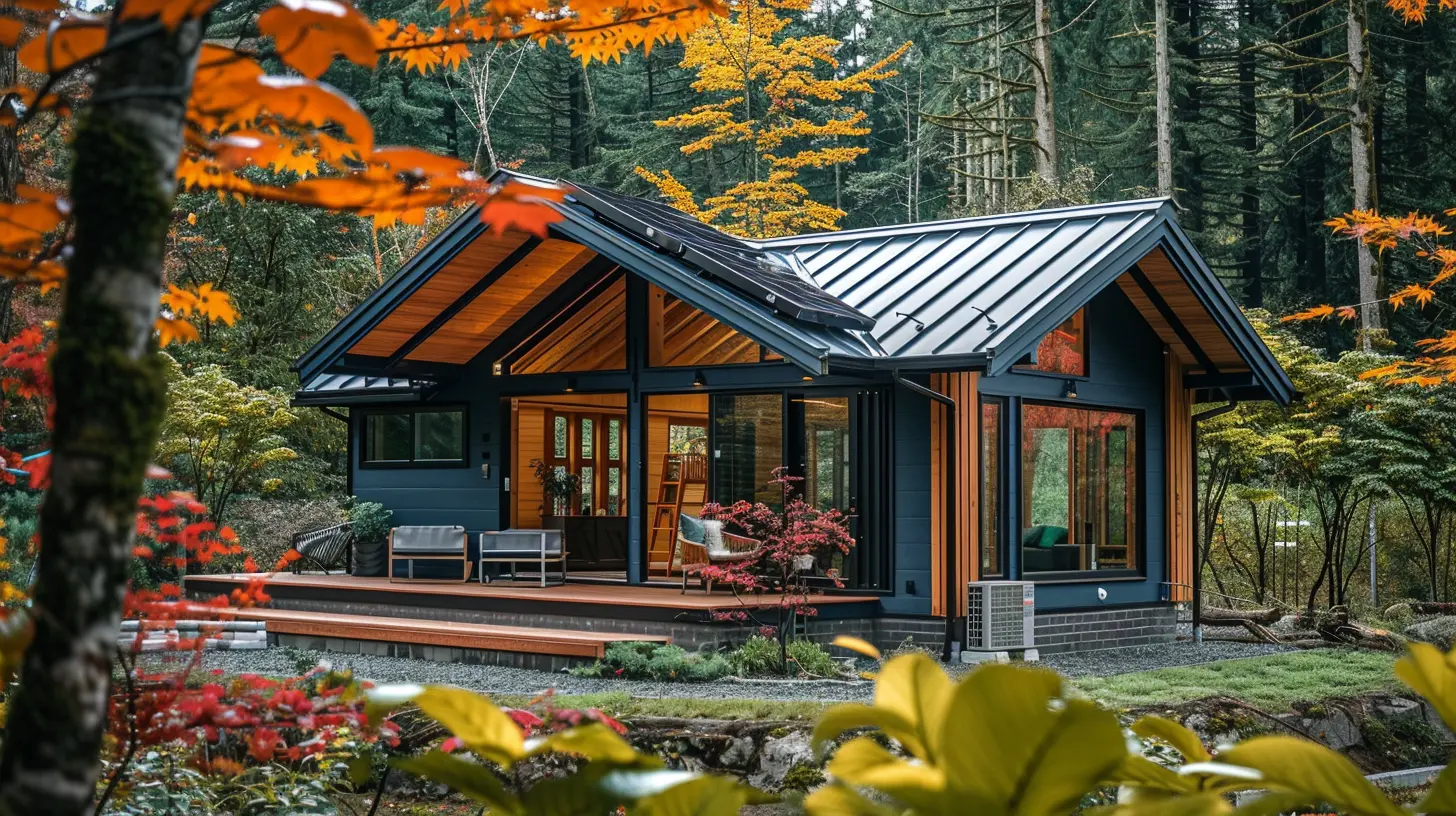
How Tiny Homes Help Solve the Affordable Housing Crisis
1. Lower Costs Make Home Ownership Achievable
One of the biggest advantages of tiny homes is affordability. A traditional home can cost hundreds of thousands of dollars, while a tiny home can be built for as little as $20,000 to $100,000, depending on materials and customization.With significantly lower costs, tiny homes make homeownership a reality for people who might otherwise never afford it—young professionals, retirees, or those recovering from financial hardships.
2. Reduced Living Expenses
Beyond the initial purchase cost, tiny homes also reduce monthly expenses. Here’s how:- Lower Utility Bills – Smaller spaces require less electricity, water, and heating.
- Minimal Maintenance – Fewer repairs and upkeep costs compared to a full-size house.
- Reduced Property Taxes – Many tiny homes, especially on wheels, fall into a more affordable tax category.
By cutting these expenses, tiny homes free up money for savings, travel, or other investments—a huge win for financial stability.
3. Eco-Friendly and Sustainable Living
Tiny homes promote sustainable living, making them an excellent option for those who want to reduce their carbon footprint.- Less Energy Consumption – Heating and cooling a tiny home takes far less energy than running a full-size house.
- Use of Recycled & Sustainable Materials – Many tiny homes are built using eco-friendly materials.
- Encourages Minimalism – With limited space, people naturally adopt a more intentional lifestyle, focusing on needs rather than excessive consumption.
As climate change continues to be a pressing global issue, tiny homes align well with eco-conscious living.
4. Mobility Offers Flexibility
Life is unpredictable, and traditional homeownership ties people down. What if you could take your home with you wherever you go?Tiny homes on wheels provide flexibility that traditional homes simply can't. Job opportunities in a new city? Just hitch your home to a truck and move. Want a change of scenery? No need to sell your house—just find a new plot of land.
This freedom is particularly attractive to digital nomads, retirees, and adventure seekers who love the idea of homeownership without the commitment of a fixed location.
5. A Solution for Homelessness
Homelessness is a heartbreaking reality in every major city. While shelters offer temporary relief, they don’t provide long-term solutions.Communities and non-profits are now using tiny home villages as a way to help address homelessness. These communities provide:
- Safe, private living spaces
- Access to essential resources like showers, kitchens, and laundry
- A sense of stability that helps people rebuild their lives
Cities like Portland, Seattle, and Los Angeles have seen success with tiny home villages, proving that these small structures can make a big difference.
6. Efficient Use of Land
Land is expensive, and zoning laws often make it difficult to build high-density housing. Tiny homes, however, can be strategically placed in underutilized areas, offering more housing without massive infrastructure changes.Some cities are even adopting new zoning laws to allow tiny homes in backyards (as accessory dwelling units or ADUs), creating opportunities for extended families or rental income.
When planned correctly, tiny homes maximize land use without overwhelming infrastructure. 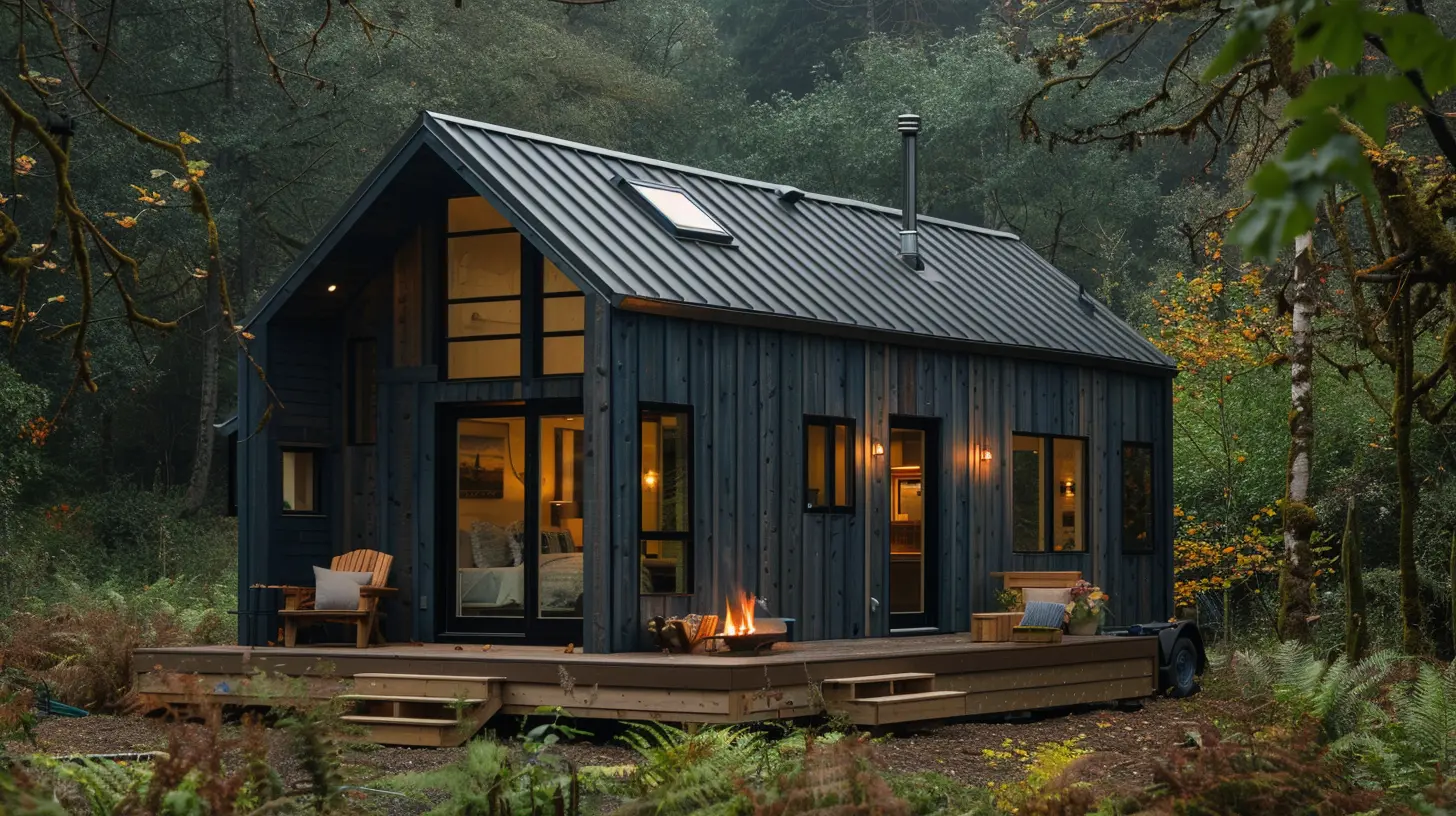
Challenges and Criticisms of Tiny Homes
Of course, tiny homes aren’t a perfect solution. There are some hurdles that need addressing:- Zoning and Legal Barriers – Many cities don’t permit tiny homes due to outdated zoning laws.
- Limited Space – While minimalism is great, not everyone can comfortably live in such a small area, especially families.
- Financing Challenges – Traditional mortgage lenders often don’t finance tiny homes, requiring alternative funding methods (like personal loans or savings).
While these issues exist, increasing acceptance and revised policies are helping tiny homes gain momentum as a mainstream housing option.
Are Tiny Homes the Future of Affordable Housing?
So, can tiny homes really solve the affordable housing crisis? Individually, they won’t eliminate the problem overnight. But they offer a scalable, flexible, and cost-effective solution that can bridge the gap—especially when combined with better urban planning and policy changes.Tiny homes challenge traditional ideas about what "home" should be. They encourage us to rethink space, consumption, and affordability. While they won't work for everyone, they undeniably play a vital role in making housing more accessible.
For those willing to embrace a smaller footprint, tiny homes prove that less can indeed be more.
Final Thoughts
The housing crisis demands creative solutions, and tiny homes provide one of the most promising alternatives. With lower costs, minimized expenses, and eco-friendly benefits, they are reshaping how we think about homeownership. While challenges exist, their growing popularity suggests they are here to stay.Whether you're looking for affordable housing, downsizing, or seeking a minimalist lifestyle, tiny homes could be the key to a more sustainable and financially secure future.
Would you ever consider living in a tiny home? Let us know in the comments!
all images in this post were generated using AI tools
Category:
Affordable HousingAuthor:

Vincent Clayton
Discussion
rate this article
1 comments
Thomas Jackson
Thank you for shedding light on the potential of tiny homes in addressing affordable housing issues. It's inspiring to see innovative solutions gaining recognition. I believe that embracing diverse living options can bring us closer to creating inclusive communities where everyone has a place to call home.
October 17, 2025 at 11:53 AM

Vincent Clayton
Thank you for your insightful comment! I completely agree that diverse living options, like tiny homes, are crucial for fostering inclusive communities.
